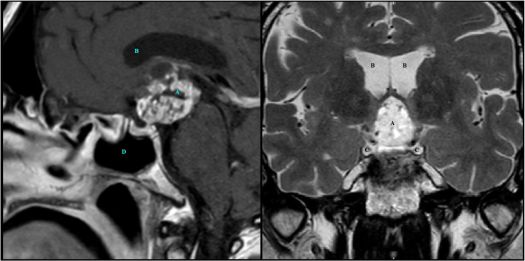Operative Neurosurgery 27:424–430, 2024
Patients with basilar invagination (BI) can be treated with several surgical options, ranging from simple posterior decompression to circumferential decompression and fusion. Here, we aimed at examining the indications and outcomes associated with these surgical strategies to devise a staged algorithm for managing BI.
METHODS: We conducted a retrospective cohort study in 2 neurosurgical centers and included patients with a BI, as defined by a position of the dens tip at least 5 mm above the Chamberlain line. Other craniovertebral junction anomalies, such as atlas assimilation, platybasia, and Chiari malformations, were documented. C1-C2 stability was assessed with a dynamic computed tomography scan.
RESULTS: We included 30 patients with BI with a mean follow-up of 56 months (min = 12, max = 166). Posterior decompression and fusion (n = 8) was only performed in cases of obvious atlanto-axial instability (eg, increased atlanto-dental interval or hypermobility on flexion/extension), while anterior decompression (transoral or transnasal) was reserved to patients with lower cranial nerves deficits (eg, swallowing dysfunction) and irreducible anterior compression (n = 9). Patients with posterior signs (eg, Valsalva headaches) or myelopathy but without C1-C2 instability nor anterior signs were managed with an isolated foramen magnum decompression, with or without duraplasty (n = 13). Complications were more frequent for combined procedures, including neurological deterioriation (n = 4) and tracheostomy (n = 2), but reinterventions were more likely in patients undergoing posterior decompression alone (n = 3).
CONCLUSION: Patient selection is key to determine the appropriate surgical strategy for BI: In our experience, combined approaches are only needed for patients with irreducible and symptomatic anterior compression, while fusion should be restricted to patient with obvious signs of atlanto-axial instability. Other BI patients can be managed by foramen magnum decompression alone to minimize surgical morbidity.




















You must be logged in to post a comment.